The final spacecraft in this series of NASA and NOAA’s “GOES” geostationary environmental weather satellites is ready for launch. GOES stands for Geostationary Operational Environmental Satellite, and in evidence that not all acronyms turn out for the best, this latest satellite in the series is GOES-P. But (to quote the Bad Astronomer) this satellite will be a whiz in helping to provide continuous observations of severe weather events on Earth and space weather, too, as well as providing an update to search and rescue capabilities. Once in orbit GOES-P’s name will change to GOES-15. “GOES are the backbone of NOAA’s severe weather forecasts, monitoring fast-changing conditions in the atmosphere that spawn hurricanes, tornadoes, floods and other hazards,” said Steve Kirkner, GOES program manager at NASA’s Goddard Space Flight Center.
Launch is targeted for March 2, during a launch window from 6:19 to 7:19 p.m. EST from Space Launch Complex 37 at the Cape Canaveral Air Force Station on a Delta IV rocket. Universe Today will be on location to provide coverage of all the launch and pre-launch activities. Follow Nancy on Twitter for live updates.
“The latest series of satellites, GOES- N, O, and P has new capabilities in space weather,” said Dr. Howard Singer from NOAA. “This is data that arrives almost instantaneously and therefore allows us to provide very timely alerts and warnings.”
But GOES-P will be a back-up satellite. Once launched, it will be checked out and then stored on-orbit and ready for activation should one of the operational GOES satellites degrade or exhaust their fuel. Currently, NOAA operates GOES-12, (GOES East) and GOES-11 (GOES-West.) In late April, NOAA will activate GOES-13 to replace GOES-12, and move GOES-12 to provide coverage for South America as part of the Global Earth Observing System of Systems (GEOSS). NASA handed over GOES-14, launched last June, to NOAA on December 14, 2009.
In addition to weather forecasting on Earth, a key instrument onboard GOES-P, the Solar X-Ray Imager (SXI), will help NOAA continue monitoring solar conditions.
“The SXI is improving our forecasts and warnings for solar disturbances, protecting billions of dollars worth of commercial and government assets in space and on the ground, and lessening the brunt of power surges for the satellite-based electronics and communications industry,” said Tom Bodgan, director of NOAA’s Space Weather Prediction Center (SWPC) in Boulder, Colo.
GOES P is the last in the series. The first GOES satellite was launched in 1975.
GOES-P joins a system of weather satellites that provide timely environmental information to meteorologists and the public. The GOES system provides data used to graphically display the intensity, path and size of storms. Early warning of impending severe weather enhances the public’s ability to take shelter and protect property.
You can find launch status and a countdown here.
Source: NASA

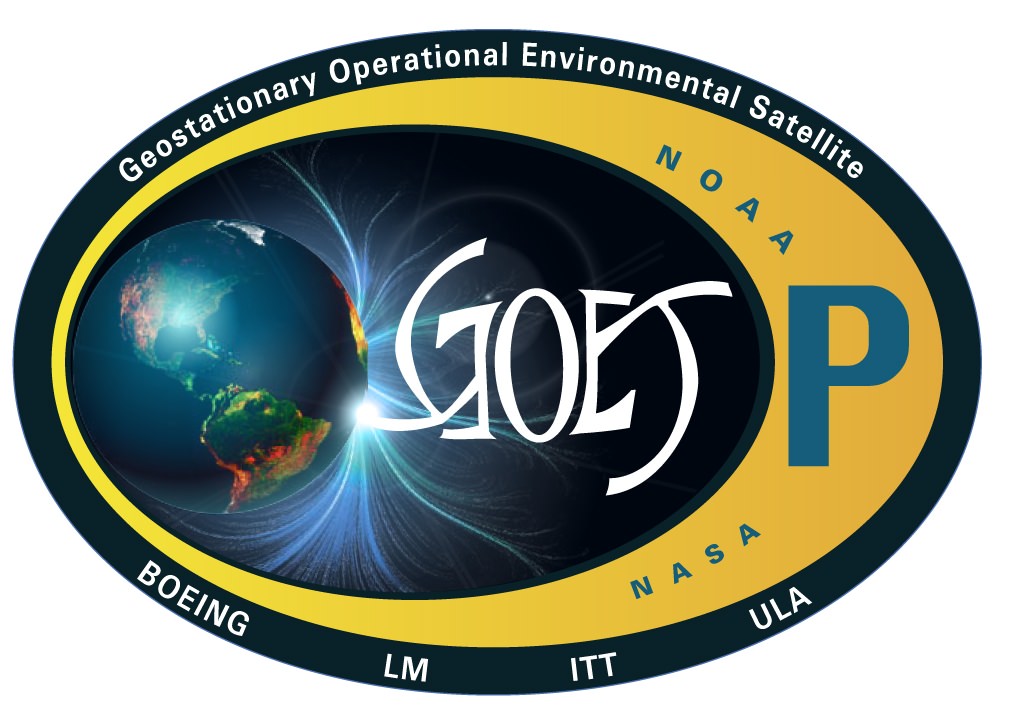
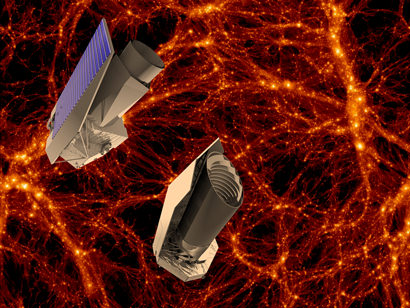
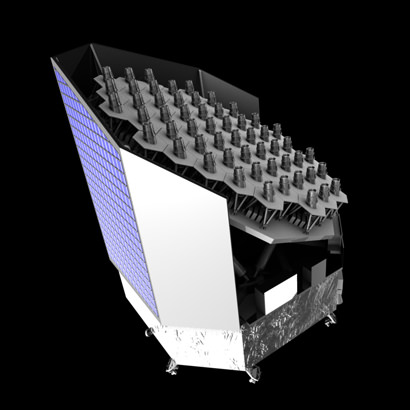
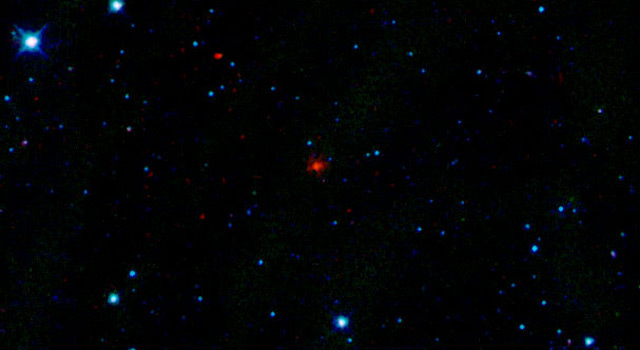
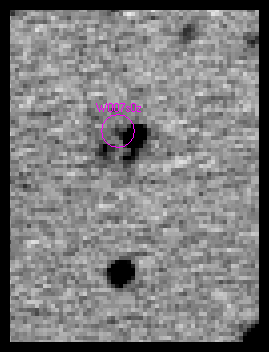
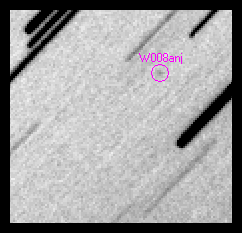
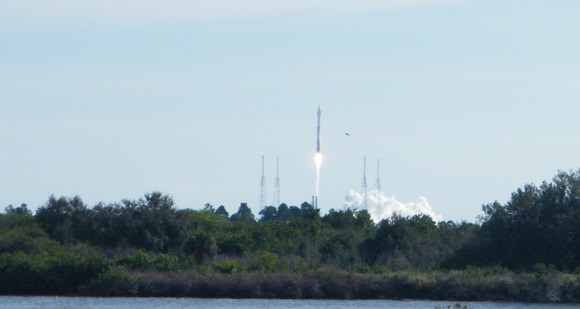

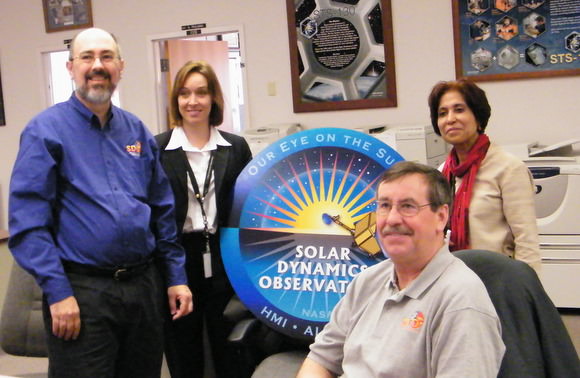
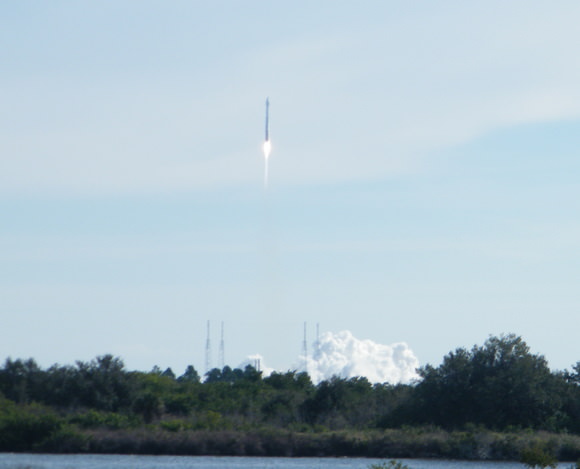
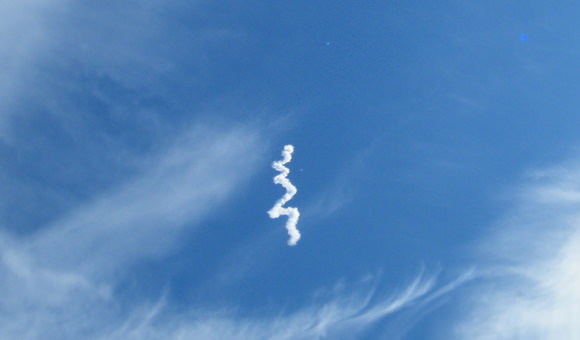
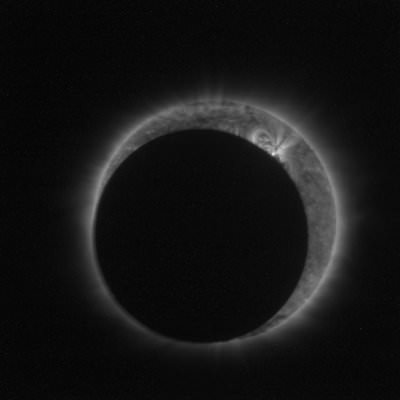
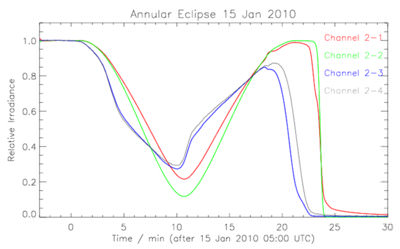
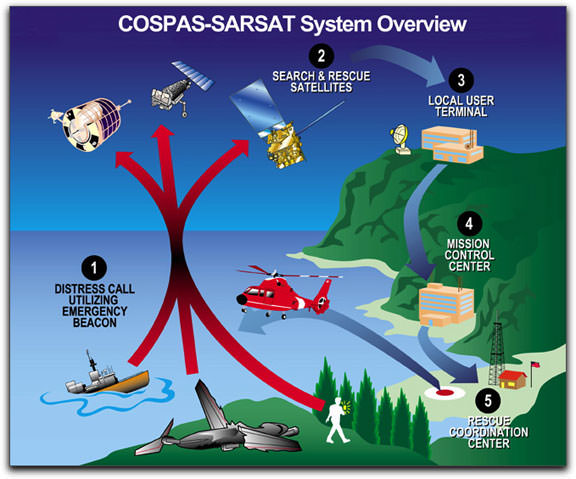
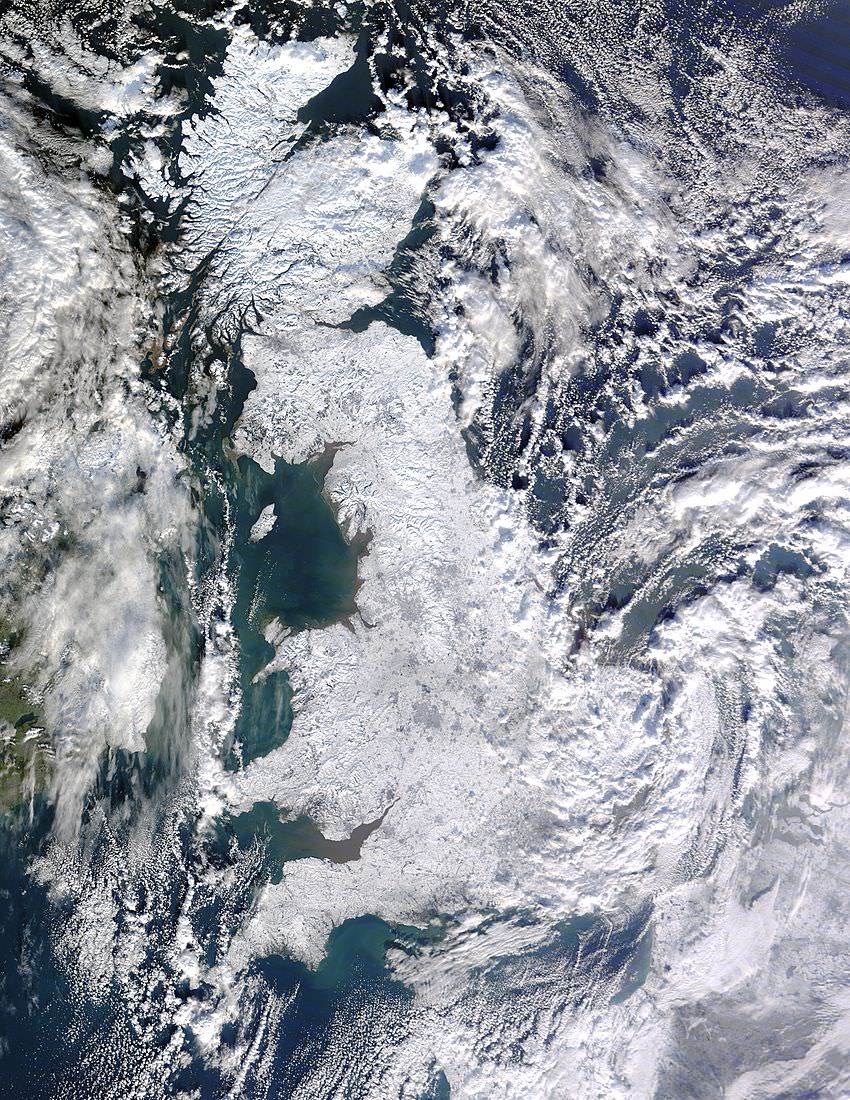
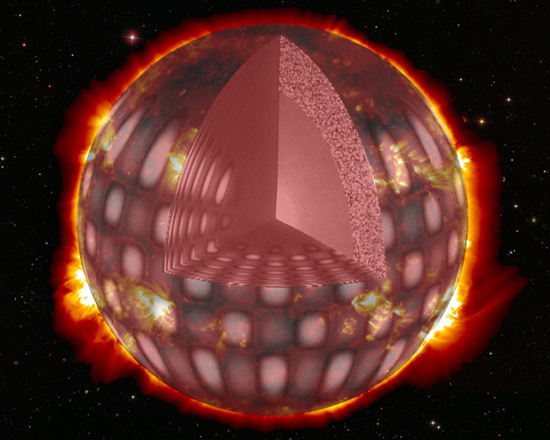

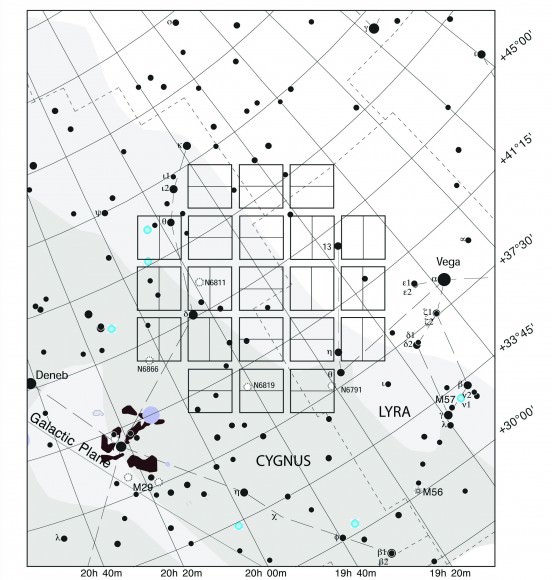
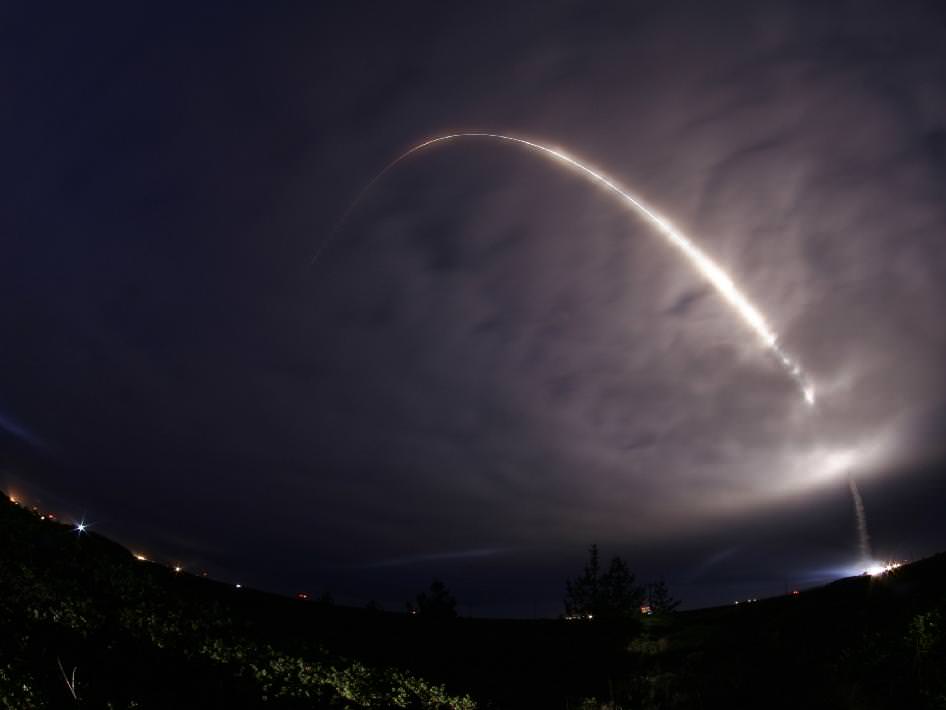
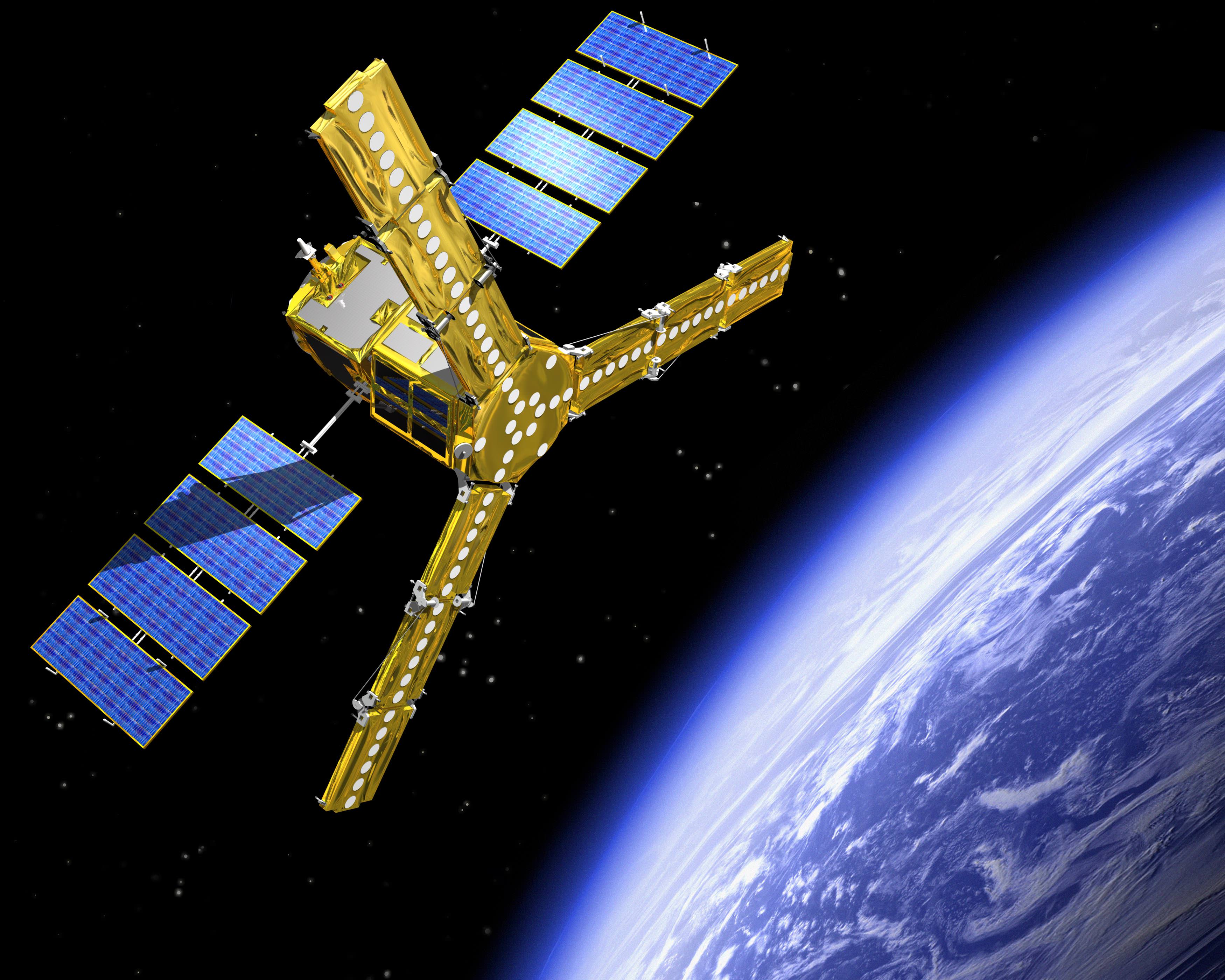
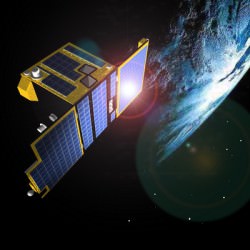 The other satellite piggybacking on the SMOS mission launch is the suitcase-sized Proba-2, part of a series of missions in the ESA’s
The other satellite piggybacking on the SMOS mission launch is the suitcase-sized Proba-2, part of a series of missions in the ESA’s